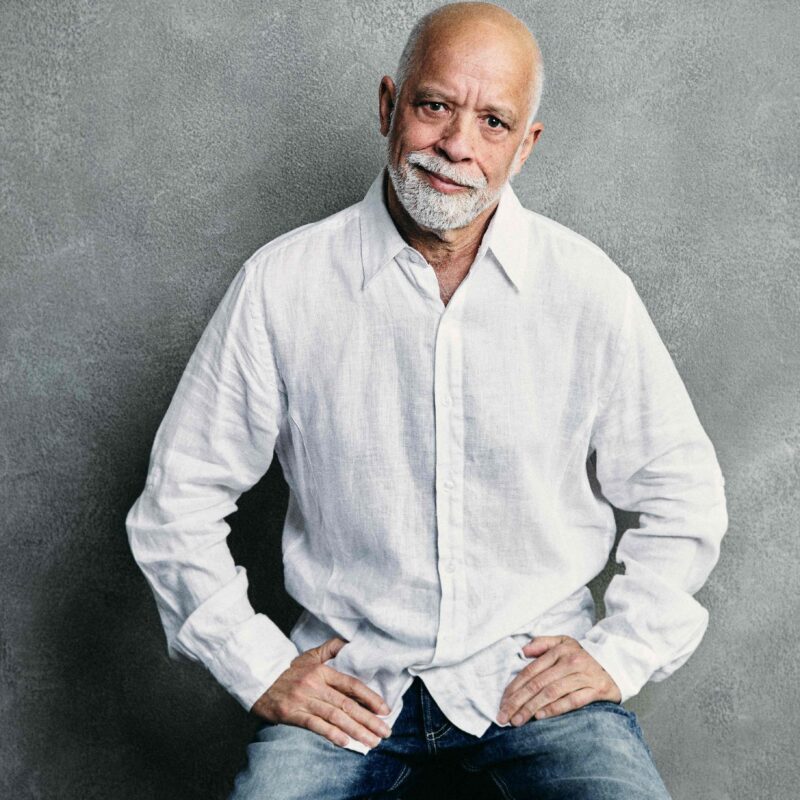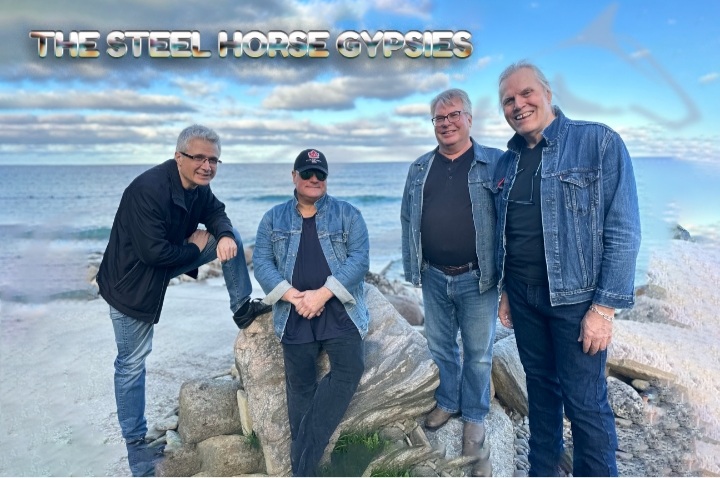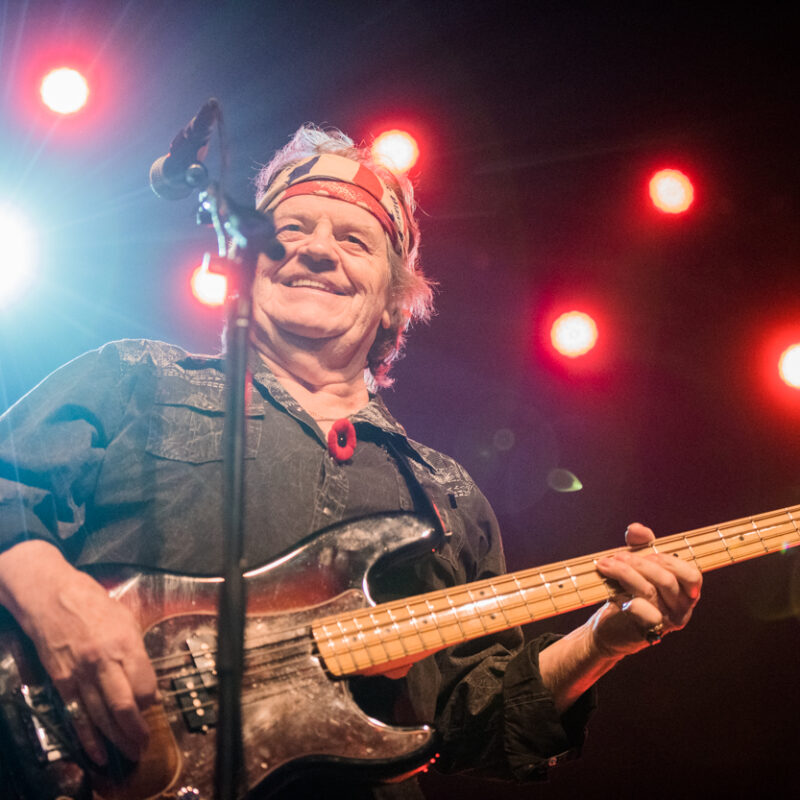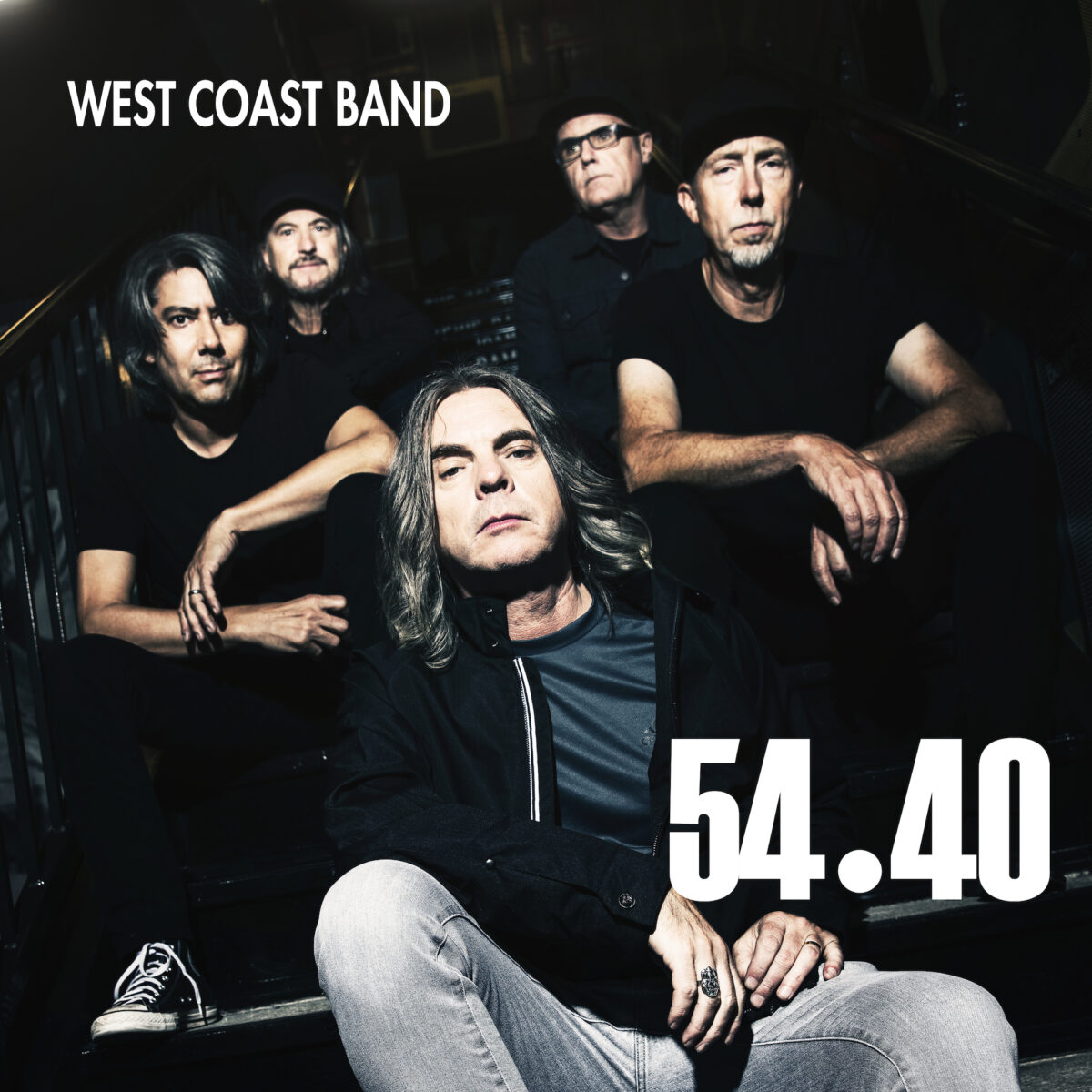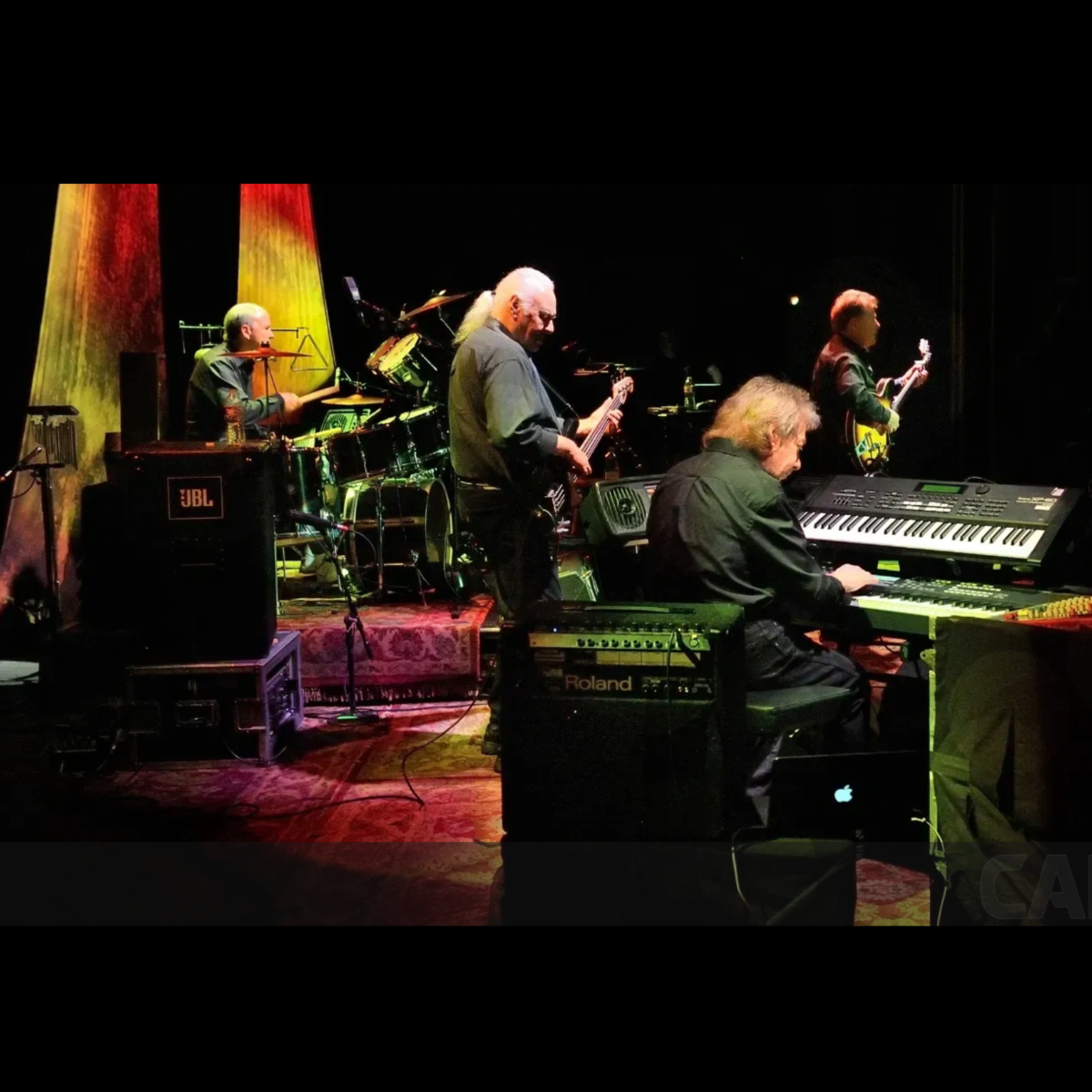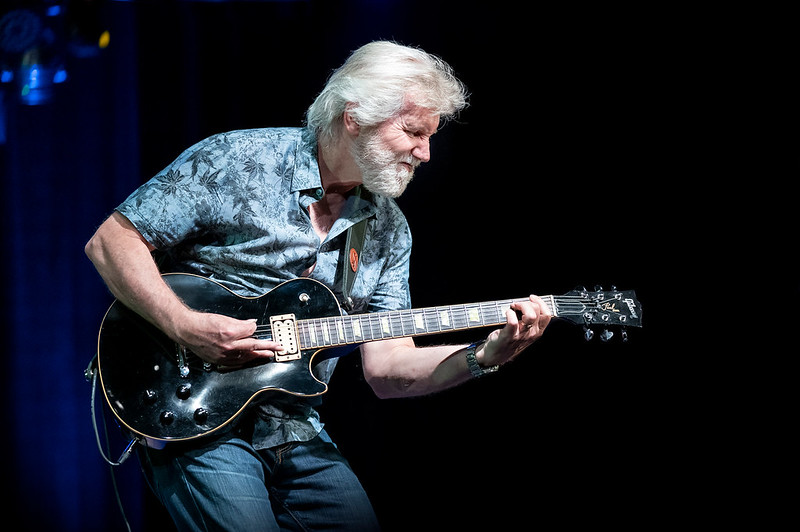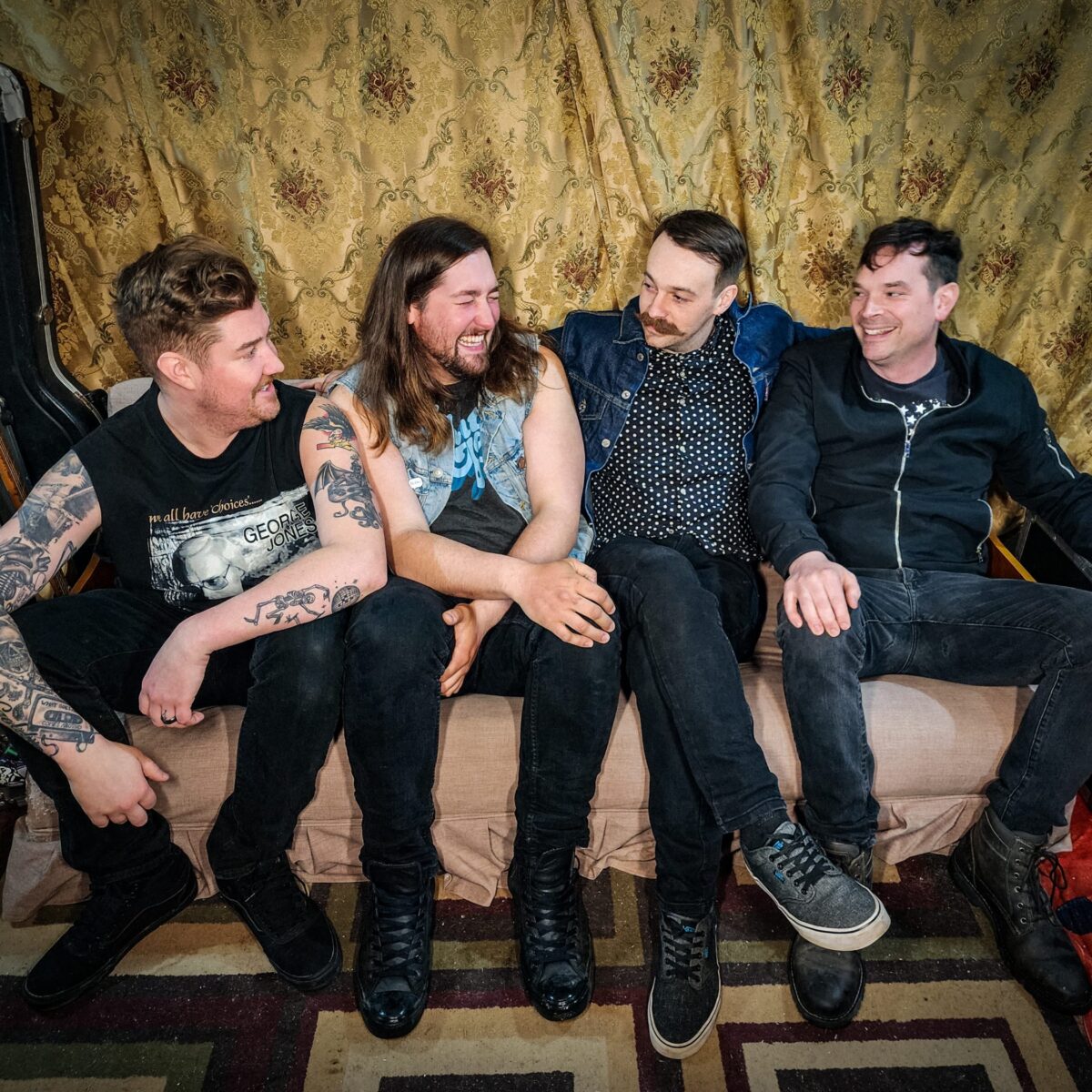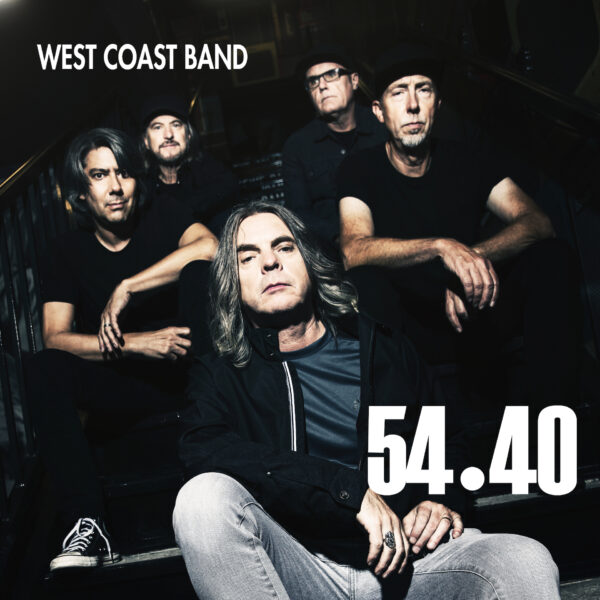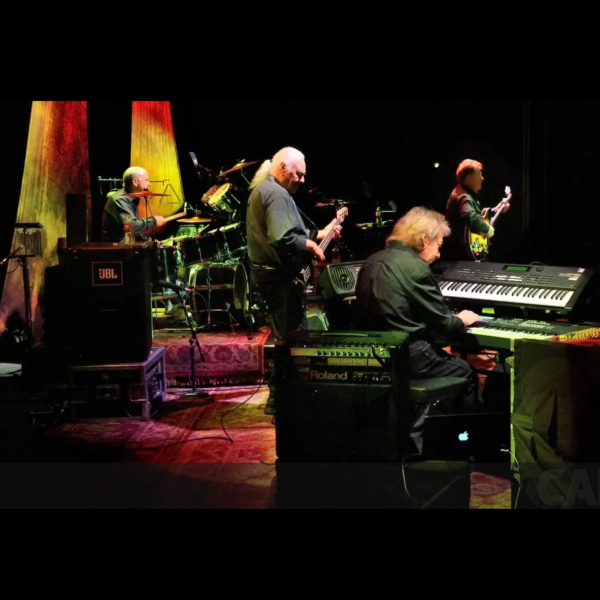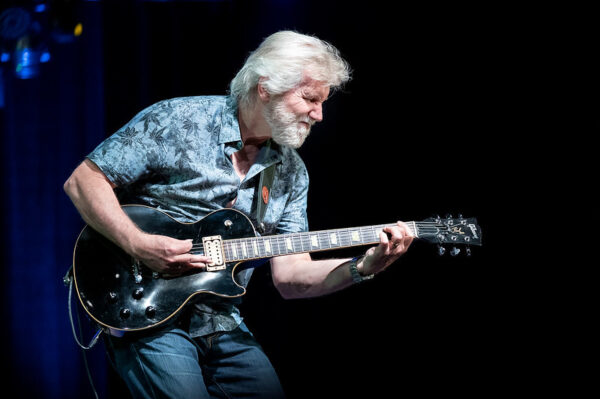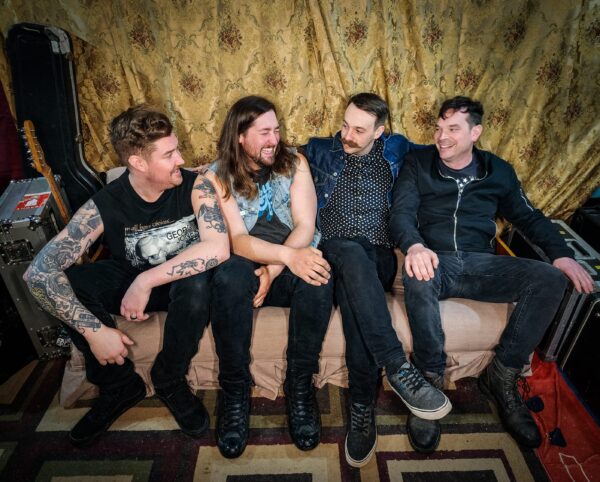By Keith Sharp
Exterior wise, Horseshoe Tavern isn’t much to look at., A rather drab two-storey building located kitty corner to Spadina and Queen St West in what used to be Toronto’s garment district. Step inside and the interior is equally uninspiring. A long, narrow bar fronting the inevitable television set programmed to broadcast the sports event of that moment, the bar capped by a solitary pool table which looks as though it has seen better days.
But ascend a few steps and you arrive at the heart of the Horseshow, a back room whose stage has played host to former Grand Ole Opry stars, George Hamilton 1V, Conway Twitty, Tex Ritter and Ferlin Husky, newer Country talent like Willie Nelson, Waylon Jennings and Dottie West and landmark appearances by The Rolling Stones, The Police, Bryan Adams and Crowded House. Not to mention Stompin Tom Connors’ now unheard of five-week residency and performances of The Show Hank Williams Gave as well as a slew of new talent like Blue Rodeo and the Tragically Hip who cut their creative teeth at this famous watering hole.

Ever since catching his first concert at the `Shoe, The Old 97’s some 20 years ago, journalist David McPherson has been captivated by the sheer atmospheric buzz of the place. Understanding that the Horseshoe was about to celebrate its’s 70th anniversary, McPherson decided it was timely enough to pen a book about the historical significance of the venue. So having solicited Dundurn Publishing to publish the book, McPherson decided to combine his love of history and music by completed a 206-page account of The Horseshoe’s colourful legacy.
“People ask why has the Horseshoe survived 70 years and my answer it has survived because current and past owners have been passionate about the music business and these people are also astute business people who have adapted and changed with the times as people’s musical tastes have also changed,” explained McPherson.”
He agrees that the Horseshoe, like other famous venues like London’s Marquee, New York’s Bottom Line, San Francisco’s Fillmore West or even Toronto’s El Mocambo were aesthetically nothing to look at but it was the owners who ran those venues, people like Jack Starr who in 1947, injected the energy and foresight to make a former blacksmith’s shop work as a music establishment.
McPherson’s book, with a Foreword by Blue Rodeo’s Jim Cuddy, chronicles every aspect of the venues’s storied  history. The heyday of Nashville North when major country stars like Willie Nelson, Tex Ritter and Bill Anderson were regular performers. He details that amazing five-week residency given to Stompin Tom Connors which initiated a live television special, the inevitable decline as Starr’s nephew, Montie took over in 1976, the club’s revival as a punk venue with the arrival of concert promoters the Two Gary’s (Cormier and Topp) which culminated with the infamous Last Pogo riot on December 2nd 1978 when appearances by The Viletones and Teenage Head at the over-sold club triggered fights and arrests by the local police force.
history. The heyday of Nashville North when major country stars like Willie Nelson, Tex Ritter and Bill Anderson were regular performers. He details that amazing five-week residency given to Stompin Tom Connors which initiated a live television special, the inevitable decline as Starr’s nephew, Montie took over in 1976, the club’s revival as a punk venue with the arrival of concert promoters the Two Gary’s (Cormier and Topp) which culminated with the infamous Last Pogo riot on December 2nd 1978 when appearances by The Viletones and Teenage Head at the over-sold club triggered fights and arrests by the local police force.
McPherson talks about how the arrival of fresh input from the likes of Kenny Sprackman, Michael X-Ray MacRae, Craig Laskey and Jeff Cohen created a breeding ground for the likes of Blue Rodeo, The Tragically Hip and The Watchmen and notes the historical significance the venue played on these band’s collective careers.
“The question is, what would have happened to these bands have made it had they not played small clubs like The Horseshoe,” McPherson asked. “They probably wouldn’t have made it to the next level of their careers without such support.”
 Famous performances by The Rolling Stones, in September 1997, The Police (to a smattering of punters over an infamous two days in November 1978) and the surprise performance of Robbie Robertson with estranged Band members Rick Danko and Garth Hudson in 1989 have all added to the allure of The Horseshoe. Add in special appearances by the likes of Bryan Adams, Crowded House, Colin James and The Foo Fighters and the book takes on a “if these walls could talk” aura.
Famous performances by The Rolling Stones, in September 1997, The Police (to a smattering of punters over an infamous two days in November 1978) and the surprise performance of Robbie Robertson with estranged Band members Rick Danko and Garth Hudson in 1989 have all added to the allure of The Horseshoe. Add in special appearances by the likes of Bryan Adams, Crowded House, Colin James and The Foo Fighters and the book takes on a “if these walls could talk” aura.
Yet McPherson is leery of the venues future with so many equally famous venues like The Gasworks, Rock N Roll Heaven, The Brunswick House, The El Mocambo and Silver Dollar all falling victim to increase property taxes, demands on real estate or just owners losing faith in plummeting attendance figures.
“Young people have so many different options these days and maybe seeing live music isn’t one of them,” noted McPherson. “I mean, who really wants to wait until 11 o clock for the band to come on stage. That is a real turn-off for a lot of people.”
The Waterloo Ontario resident still believes Toronto boasts a vibrant live music scene and is hopeful that venues like the Horseshoe will remain relevant. “It’s good that Starr’s surviving family owns the building so they control the venue’s ultimate destiny. All we can do is hope that they can justify keeping it open, it would be great if they could survive another 70 years,” he observed.
The Legendary Horseshoe Tavern – a complete history is now available from Dundurn Publishers, list price $21.99.

